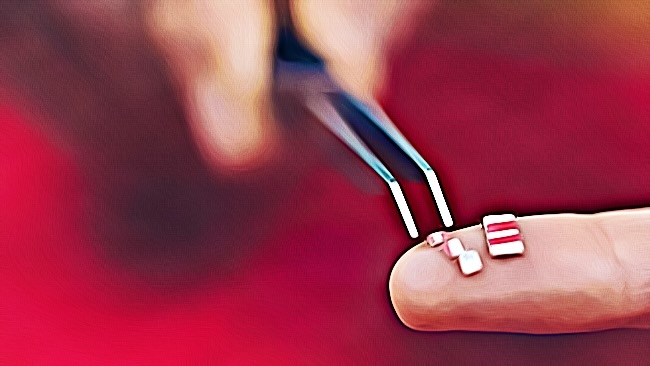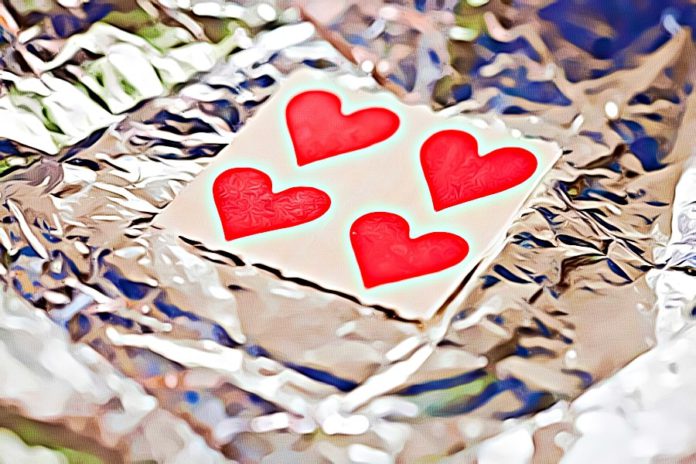LSD or lysergic acid diethylamide, also known as acid, is a synthetic chemical known for its psychoactive properties. It is crystalline, clear or white, odorless, and breaks down when exposed to ultraviolet light.
Users of the drug often experience auditory or visual hallucinations while under its influence—people have used it primarily for recreational and spiritual reasons. Acid does not appear to be addictive, but there is more to LSD and addiction. Here is a closer look at its side effects, and addiction to this drug.
What Is LSD? Understanding the Drug
LSD is a hallucinogen that produces perceptual anomalies. It changes people’s sense of space and time, alters their perception, and makes them hyper-aware of their surroundings. This drug is active at small doses—even 20 micrograms is enough to produce psychoactive effects. The most common way to take LSD is orally, through tablets or blotter paper. People react differently to acid, making it difficult to gauge its effects accurately. For most individuals, 20 micrograms are too small and produce minimal effects. However, too much LSD causes feelings of alienation and dissociation. Since there are no standard doses for the drug, users can quickly ramp up the dose to get the effects they want because people react differently to it.
The U.S. Drug Enforcement Agency classifies LSD as a Schedule I Drug, meaning consumption, possession, and dealing in the drug is against the law. The DEA considers LSD a drug with a “high potential for abuse,” and there is no currently accepted medical use for it. Notably, though, it has seen use in therapies and has successfully treated anxiety and depression. Some researchers also see potential in LSD as a treatment for addiction and PTSD. Although the drug has positive side effects, it affects everyone differently, and its use could still have harmful psychological and physical consequences.
How LSD Contributes to Drug Addiction
Instead of creating a physical dependence and symptoms, it produces psychological dependence. People crave the emotions, experiences, and sensations of an LSD trip and want to keep experiencing them. A person who take it socially craves associations with the drug—the experience of the high is what gets people to retake it.
A big misconception among many people is that LSD is not dangerous since it does not cause physical dependence. Although the drug is not toxic, it isn’t any less harmful. It is common for people with psychological dependence on it to use other drugs like opiates or cannabis. LSD is exceptionally habit-forming, especially for people with a predisposition to substance abuse.
Furthermore, LSD creates a tolerance in users. If your body builds drug tolerance, it would need increasingly high doses of a drug to achieve the high they need. Since LSD is unpredictable, it is difficult to know the dose you are taking. Even if you think you can manage the dose, there is a significant chance that you will take much more than intended. Coupled with a tolerance for the drug, this can be dangerous and even lethal.
What Are the Effects of LSD Abuse?
Many know the effects of LSD on perception and consciousness. People who take this drug often do so in pursuit of those effects. These changes, also known as “trips,” cause users to experience visual and sensory distortions, changes to cognitive processes, and intense emotions.
In some situations, people get new insights and revelations while under the influence of the drug. The effects of LSD usually last approximately eight to ten hours, with the most intense effects occurring four to six hours after consumption. Sometimes, the drug’s effects can last beyond the initial trip—people have reported experiencing “flashbacks” months after use.
Some of the typical effects of the drug are sensory enhancement, visual hallucinations, and synesthesia (that is, “seeing” sounds, “tasting” colors, and the like). Poor depth perception, tremors, delusions, alienation, and dissociation are also common. Other effects are sweating, increased blood pressure, palpitations, panic attacks, and having a dry mouth. Besides anxiety, it is also common for people who take LSD to develop depression.
It is easy for a person to develop a tolerance to it. If you take a specific dose for three days straight, you won’t feel the effects by the third day. When the dose amount increases, so do the chances of “bad trips,” which bring adverse psychological effects and put the user at risk for more severe consequences.
Is There a “Safe” Dose of LSD?
LSD is a potent drug that could affect uses even with small doses. It takes only micrograms to create effects that last for hours. Also, there is no standard dose for acid—buying it off the street essentially means gambling on the dosage. LSD’s effects don’t necessarily correspond to the dosage, unlike other substances. Since its results are unpredictable, the dose is not a reliable way of gauging the outcome. A recreational user would usually take 20 to 80 micrograms of the drug. Meanwhile, frequent users take 100 to 200 micrograms per trip.

Though LSD overdoses are unlikely, it does not mean that the drug is safe. Taking LSD can affect a person’s wellbeing in various ways. Besides putting a person at risk for depression and anxiety, LSD’s psychedelic effects can take users on trips lasting up to 12 hours, sometimes more. Having no control over one’s faculties for any period is dangerous. What’s more, even when you’re in addiction treatment, you could still suffer from the effects of taking the drug. There is evidence of acid having severe and adverse interactions with various antidepressants, even years after the patient has taken the last dose of LSD.
Finally, overdosing on LSD alone is practically non-existent—a person would need to take 100 to 200 doses at one time for the drug to reach fatal levels in the system. That said, LSD is still a powerful recreational drug with lasting effects.
What Is LSD Microdosing?
Microdosing LSD has seen a surge in popularity among several demographics, from CEOs to stay-at-home mothers. Microdosing involves taking a fraction of a recreational dose of a hallucinogen—LSD, psilocybin mushrooms, and the like. This practice reportedly induces mental and physical stimulation, improves one’s mood, and encourages creativity. The popularity of microdosing might also be because of studies that support the practice.
In exploratory studies on microdosing, researchers found that taking small doses of hallucinogenic drugs can help treat mental health issues. They noted that the participants underwent this treatment under the guidance of a medical professional. The researchers emphasize that the study was self-reported. As such, there could be sampling bias in the subjects, and underrepresentation of individuals ambivalent or against microdosing.
Conclusion
LSD is a highly potent drug that produces lasting hallucinogenic effects on the user. Though it is not addictive in itself, it feeds addictive behaviors. LSD can also negatively interact with antidepressants, making it challenging to undergo treatment for anxiety, depression, and other mental health issues that could stem from taking LSD.
Sources:
















